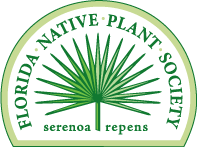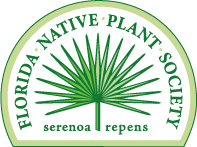FNPS Plant Database
Hibiscus poeppigii
PHOTOS COMING SOON!
Nomenclature
Common Name:
Synonym(s):
Genus species:
Family:
Malvaceae
Plant Specifics
Form:
Size:
Life Span:
Long-lived perennial
Flower Color:
Fruit Color:
Phenology:
Noted For:
Landscaping
Recommended Uses:
Considerations:
Availability:
Propagation:
Light:
Moisture Tolerance:
Always Flooded------------------------------------------------Extremely Dry
Coming Soon!
6 ---to--- 9
Salt Water Flooding Tolerance:
Unknown
Salt Spray/Salty Soil Tolerance:
1
Soil or Other Substrate:
Soil pH:
Suitable to Grow In:

USDA zones are based on the average annual extreme minimum winter temperature.
Don't know your zone? Click here to search by zip code.
Ecology
Wildlife:
Text
Native Habitats:
Natural Range in Florida:
Comments:
Ethnobotany:
General Comments:
Citations:
Hammer, Roger. Complete Guide to Florida Wildflowers: Over 600 Wildflowers of the Sunshine
Institute for Regional Conservation
Osoria, Rufino. https://rufino-osorio.blogspot.com/2012/06/hibiscus-poeppigii-fairy-hibiscus.html
Osorio, Rufino. 2001. A gardener's guide to Florida's native Plants. University Press of Florida, Gainesville, FL.





